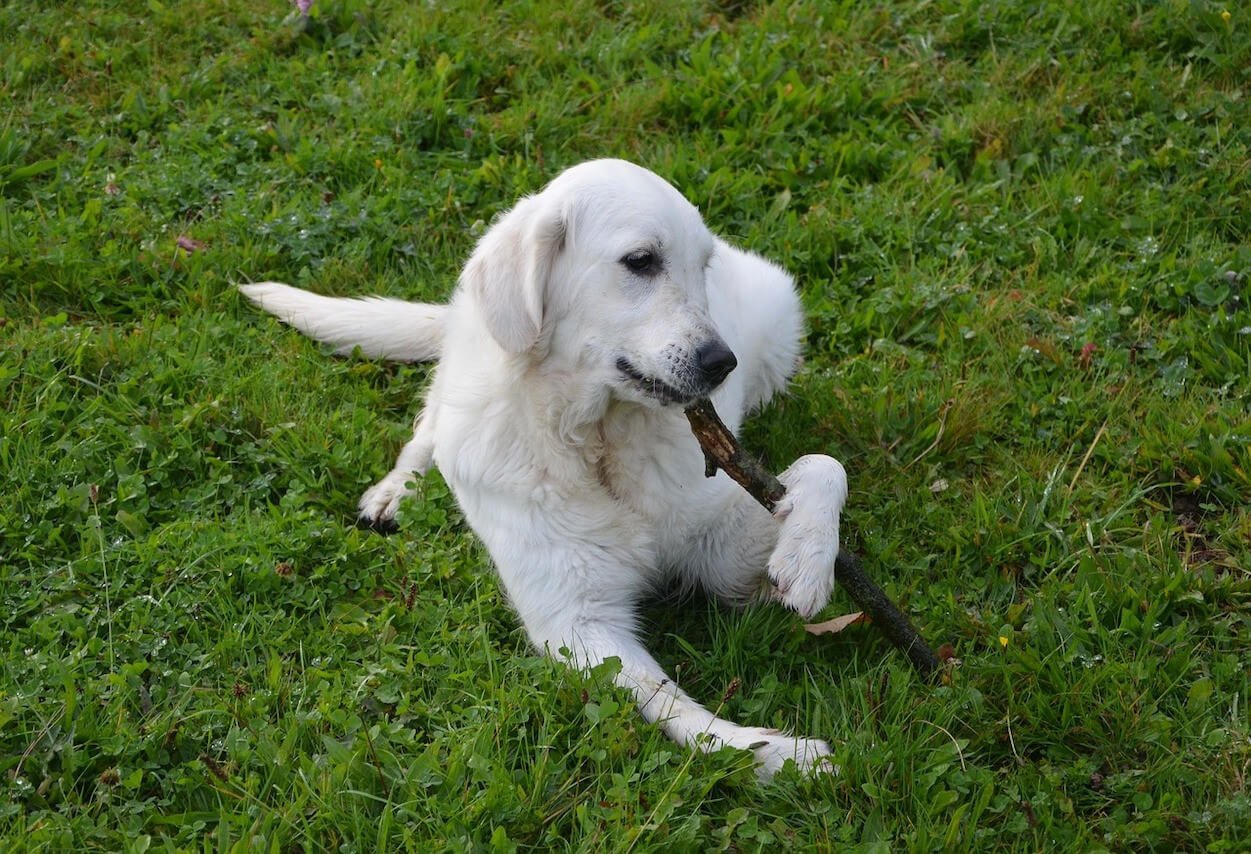We've all seen it: the classic moment when our four-legged companion tilts their head, a curious or intrigued expression on their face that never fails to soften our hearts. It's an Instagrammable stance that frequently leaves us thinking, "Why on earth did they do that?" Is it a reaction to a new sound, a quirky method of demonstrating that they're paying attention, or something totally different?
Dogs, you see, communicate differently than humans. While they may not use words to communicate, they have a complex tapestry of body language, gestures, and sounds. One such remarkable behavior is the head tilt, an almost ubiquitous "doggy" motion. Let's go on an adventure to understand this charming habit, exploring the facts, hypotheses, and sheer beauty behind those tilted puppy eyes.

Understanding Canine Behavior
Dogs have been our trusty companions for thousands of years, evolving with us as pals, confidantes, and family members, not only as hunters or guardians. It's not surprising that these creatures have evolved ways to 'speak' to us even in the lack of a common language.
While a dog's bark or whimper is an obvious mode of communication, it's in their silent body language where the real stories unfold. From the wagging of their tail to the position of their ears and the arch of their back, dogs constantly send signals about their feelings, intentions, and perceptions.
For instance, a raised tail often showcases confidence, while a tucked one might hint at fear or submission. Likewise, a dog leaning forward might be curious or confrontational, while one leaning back could be anxious or unsure.
Among the myriad expressions and postures our dogs offer, the head tilt is perhaps the most captivating. It's not merely a cute gesture; it’s a multifaceted signal. It can denote anything from intrigue to confusion, or even just a response to a certain tone or word they've learned to associate with fun activities like a walk or treat.
Why Dogs Tilt Their Heads
Dogs, with their boundless curiosity and ever-watchful eyes, have a myriad of reasons to tilt their heads, and while we might never fully enter the canine psyche, we've been able to piece together some plausible explanations. Let's explore the top theories that attempt to unravel this adorable mystery.
Tuning In to Sounds
Ever noticed how your dog's ears perk up when you rustle a treat bag or jingle their leash? Dogs have an incredible sense of hearing, and the head tilt might be their way of homing in on sounds. By adjusting the position of their ears, they can better determine the direction and distance of a sound. So, that head tilt might just be your dog trying to figure out if that squeaky toy sound came from the living room or the kitchen.
Getting a Clearer View
If you've ever peered through the world from a dog's eyes, you'd know their snouts can sometimes obstruct their field of vision, especially for breeds with more pronounced muzzles. When they tilt their head, it might allow them to see around their snouts, giving them an unobstructed view of, well, your face! Yes, they might be trying to catch that smile or frown, gauging your mood or reaction.
Canine Conversations
Dogs, much like humans, want to be active participants in 'conversations'. A head tilt can often be a sign of deep engagement, an indication that they're hanging on to every word you say (or at least the tone you say it in). It's akin to a human nodding in acknowledgment during a chat. Your furry friend might not grasp the intricacies of your discussion about weekend plans, but they sure know you're involving them in some way.
What Science Says About the Tilt
The beautiful tilt of a dog's head has grabbed the hearts of pet owners as well as scientists and experts. While witnessing our pets in their natural settings (our homes) is instructive, it's also important to examine what controlled studies and research have to say about this behavior.
- Mechanics of the Brain and Sound Localization
Recent research has looked into the anatomy and physiology of a dog's inner ear. These complex structures aid our dogs in determining the source of a sound. Dogs may alter the location of their ears to better pinpoint noises in their environment by tilting their heads, a capability critical for their predecessors in the wild.
- Human-Dog Bonding and Emotional Resonance
The emotional connection behind the head tilt has also been studied. Dogs, as skilled observers, frequently mimic or respond to human emotions. According to one study, dogs are more likely to tilt their heads when they hear familiar or emotionally charged noises, such as their owner's voice or the sound of a toy they recognize.
- Breed Specifics and Genetic Proclivity
Surprisingly, not all dogs tilt their heads at the same rate. According to research, breeds with larger muzzles may be more prone to this behavior, lending credence to the previously cited visual argument. However, some breeds may have developed the tilt as a heightened kind of sensory perception as a result of their genetic history and roles (such as herding or hunting).

Is Head Tilting Ever a Cause for Concern?
As endearing as our canine companions are when they showcase that iconic head tilt, there are moments when this gesture might prompt a furrowed brow of concern among pet owners. While the tilt is generally a sign of curiosity or engagement, it's crucial to be aware of when it might indicate something more serious.
- Frequency and Duration: Not Just a Fleeting Gesture
A sporadic head tilt, especially in response to sounds or new stimuli, is generally harmless. However, if your dog maintains a tilted position for extended periods without an apparent trigger, it might be time to delve deeper. Persistent tilting could indicate discomfort or an underlying issue that warrants attention.
- Accompanied Symptoms: Reading Between the Lines
While the tilt alone can sometimes be a cause for concern, it's essential to observe any other accompanying symptoms. Signs like loss of balance, difficulty walking, eye twitching, or even nausea can be indicative of more severe conditions, such as vestibular disorders. Being alert to these signs ensures timely intervention.
- Changes in Behavior: Beyond the Tilt
A dog that suddenly becomes more reserved, loses interest in play, or shows changes in eating habits—along with frequent head tilting—might be signaling distress or discomfort. It's crucial to connect the dots between the tilt and other behavioral shifts to get a comprehensive understanding of your pet's well-being.
- Trauma and Past Incidents: Connecting the Past
If your pet recently had a fall, accident, or any other traumatic experience, even if it seemed minor, a resulting head tilt should be addressed promptly. What might seem like a simple bump could have deeper repercussions that only manifest subtly through behaviors like tilting.
Conclusion
In the vast tapestry of canine behaviors, the head tilt stands out as a poignant blend of curiosity, engagement, and emotion. From the playful puppy trying to decipher a new sound to the wise old dog looking at us with years of trust and understanding, each tilt tells a tale of its own.
But like many aspects of pet ownership, there's a balance to strike. While we relish in these endearing moments, celebrating each tilt as a testament to our deep bond, it's equally our duty to ensure the well-being of our four-legged family members. Recognizing the line between simple curiosity and potential distress is crucial. It reminds us that with the joys of companionship come the responsibilities of guardianship.





